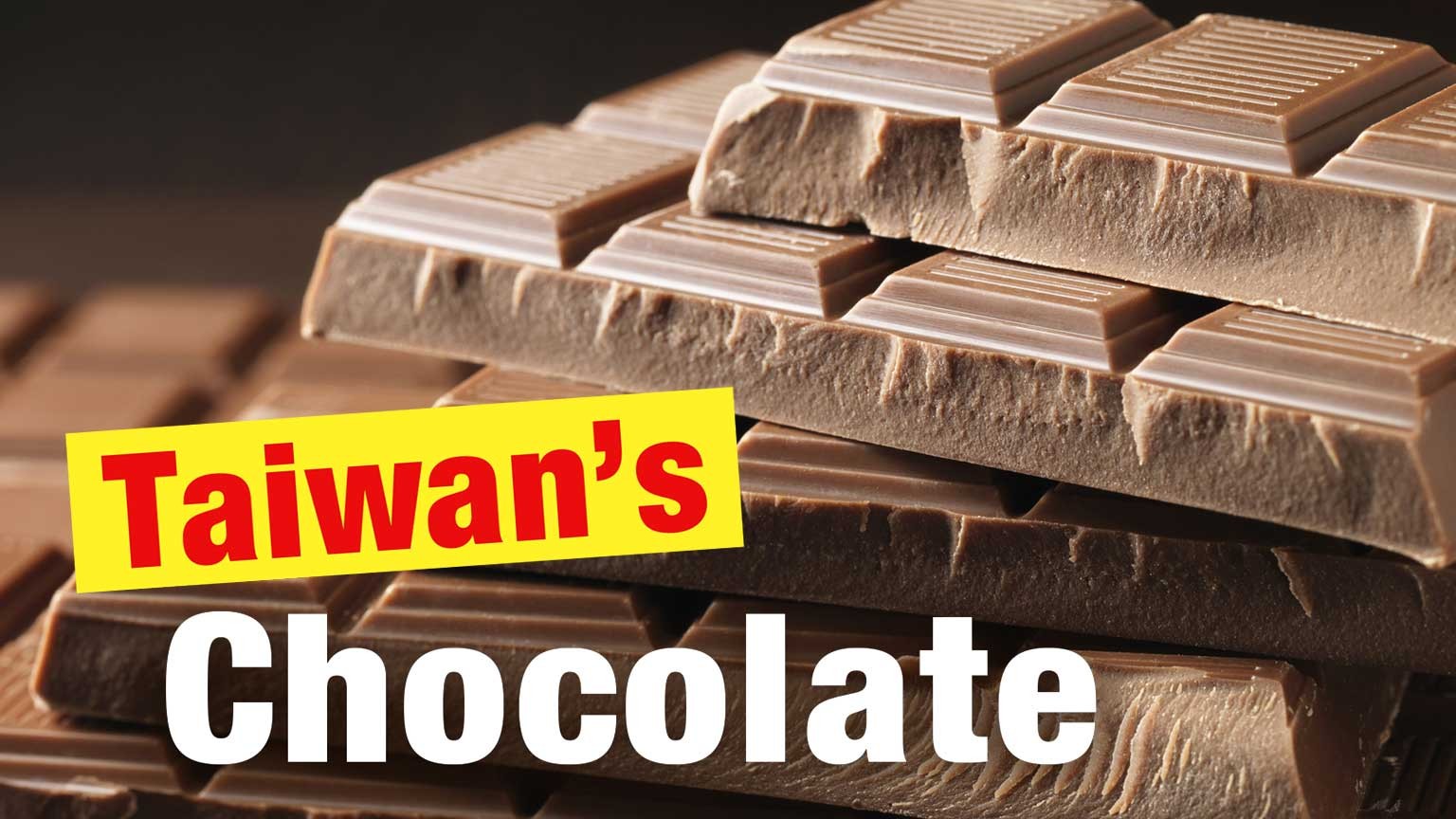The Taiwanese 'father of cacao'
Chiu Ming-Song is known in Taiwan as the "father of cacao." For nearly two decades, 70-year-old Chiu has been cultivating the crop in the southern county of Pingtung, and helping others in the industry by offering them seedlings he has nurtured.
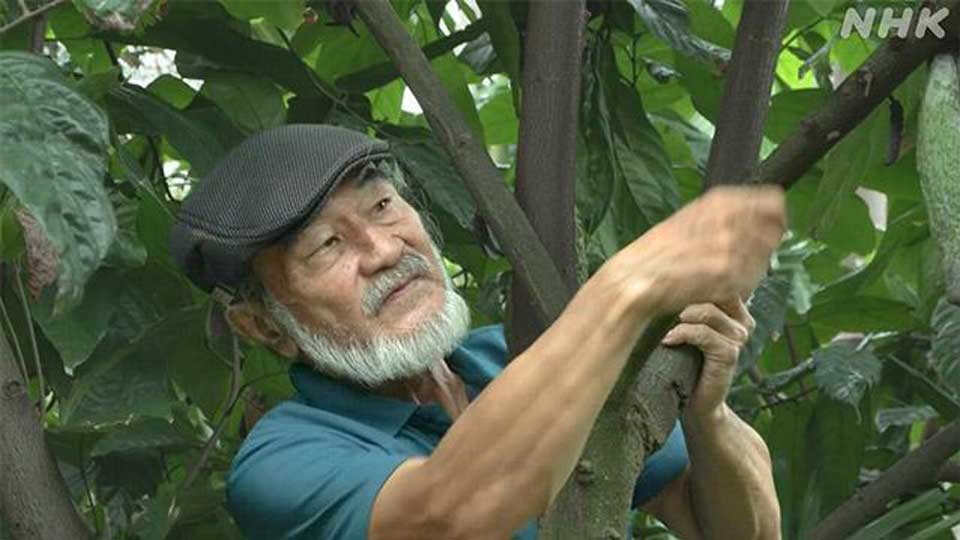
He now produces 80 metric tons of cacao from 27 hectares which include his own farm and nearby land contracted to other farmers who produce cacao for him.
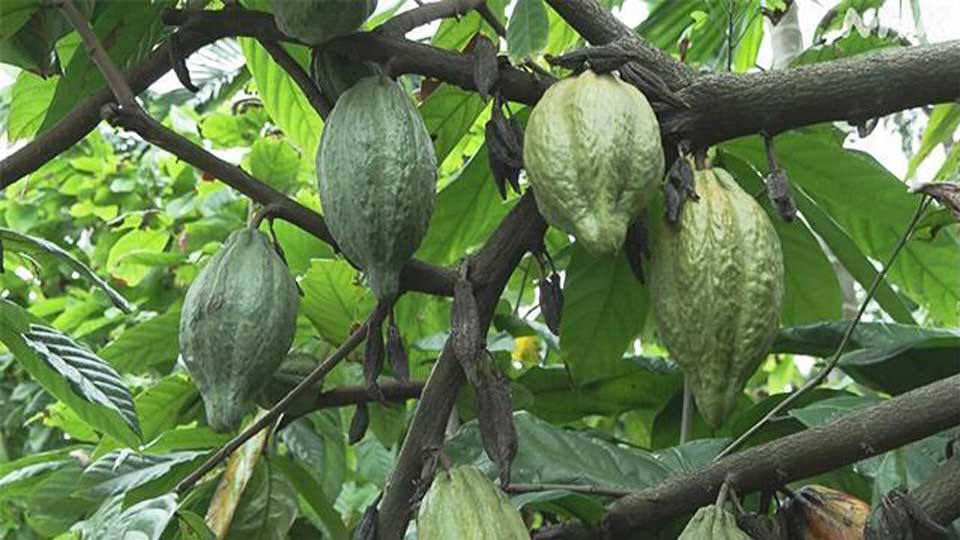
A ripe cacao pod weighs about 500 grams, perhaps a kilogram if particularly heavy. Crack open the thick skin and you will find it densely packed with cacao beans ensconced in white flesh.
The white flesh is refreshing and tropical, something like lychee or mangosteen. The seeds, by contrast, are exceedingly bitter. It takes time and skill to turn them into chocolate.
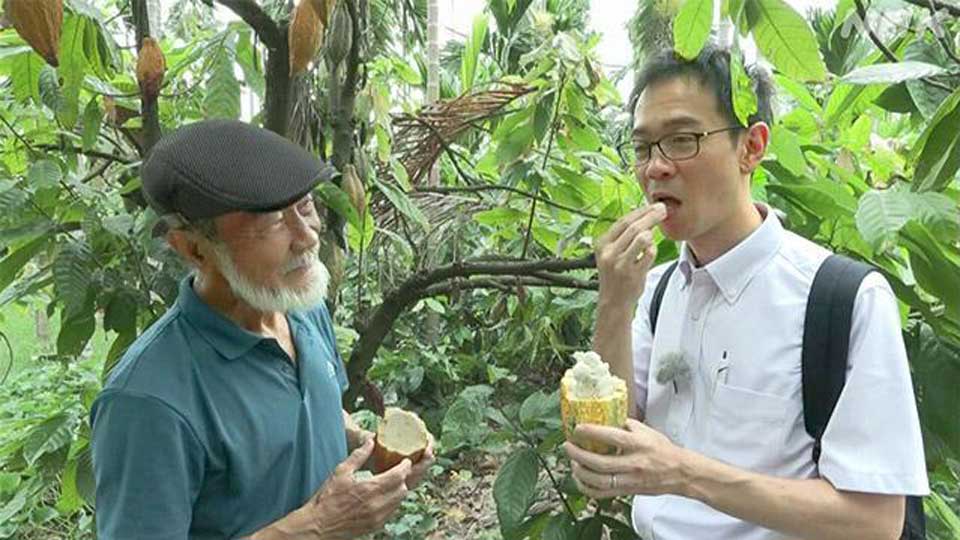
Fermentation draws out flavor
Chiu places the beans, still encased in white pulp, into a wooden tub with a lid and leaves them to ferment under the sun for five days. Every so often, he will turn the mixture by hand.
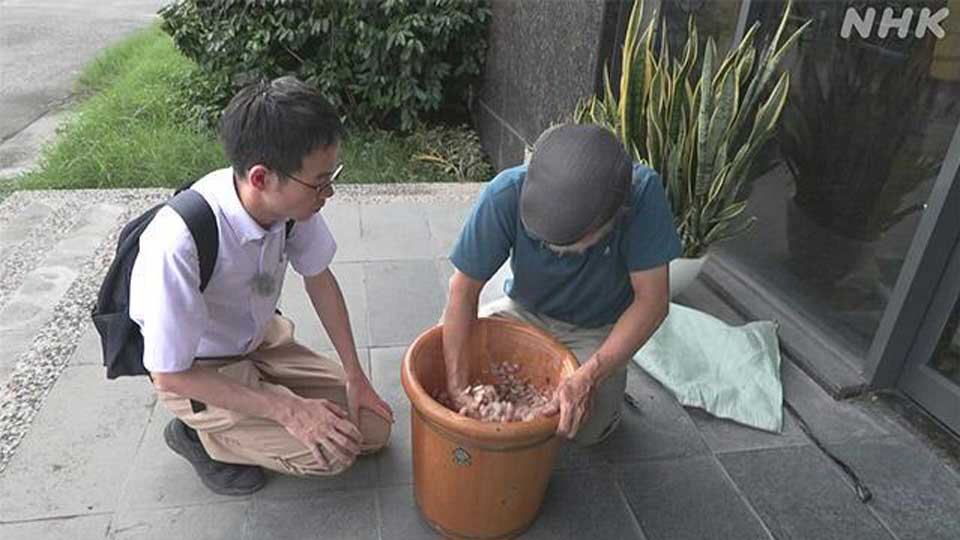
As the fermentation progresses, a sour aroma wafts out.
"When the sourness begins to emerge, that means it's started to ferment, and that's when the flavor becomes richer," Chiu says.
The industry's long roots
Taiwan's cacao industry dates back to the Japanese colonial era.
The Chocolate and Cocoa Association of Japan says confectionary giant Morinaga first planted cacao trees in Pingtung in 1937, driven by a surging appetite for chocolate in Japan.
But cultivation was halted in the following decade as WW2 intensified, and it didn't get going again until the early 2000s.
The climate of southern Taiwan is ideal for cacao, which needs high temperature and humidity to grow. The area sees an average temperature of 25ºC with little fluctuation and an average annual rainfall of over 2,000 millimeters.
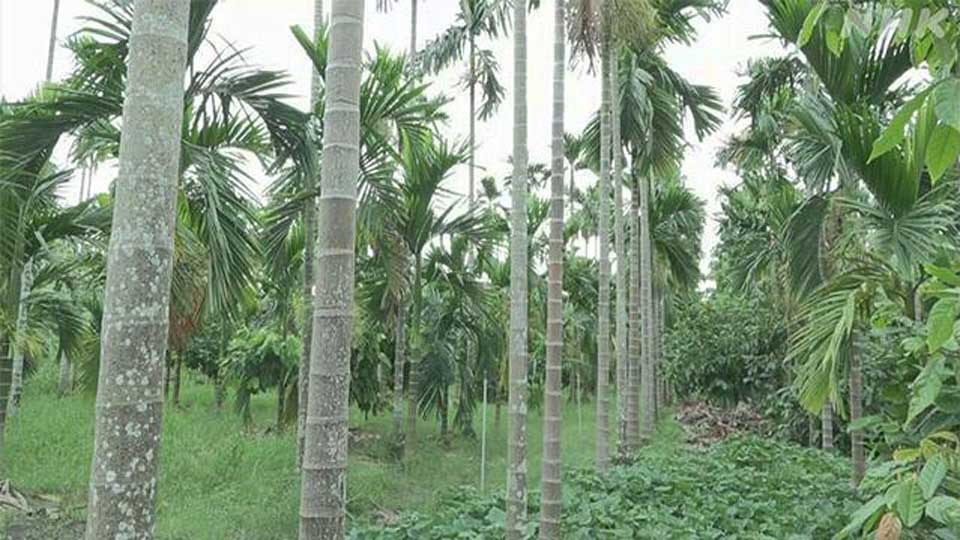
And since cacao trees thrive in the shade, the 10-meter betel nut trees that grow across the region provide the perfect coverage.
Taiwan's tree-to-bar producers
In many of Taiwan's orchards, the work doesn't stop at harvesting. The farmers carry out the whole chocolate process in what has been termed tree-to-bar production. That contrasts with more established cacao regions such as Africa or South America, where farmers typically dry the beans and ship them to producers abroad.
At Chiu's farm, chocolate production is handled by his son.
He mashes and heats the beans until the fats and oils dissolve, leaving a viscous mixture.
He lets it cool to about 25ºC, then pours the chocolate into a mold.
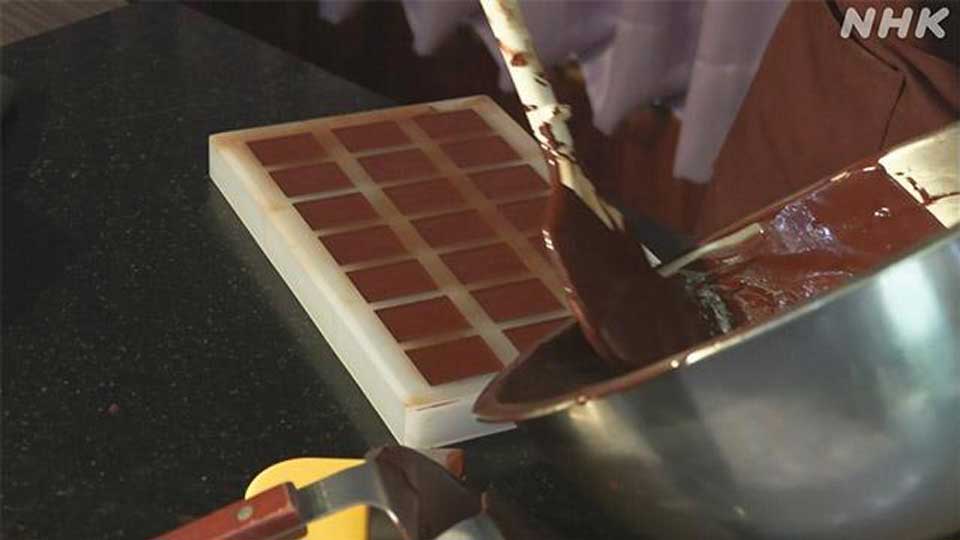
Taiwan's producers say the advantage of harvesting the pods and making the bars in the same place is that they can be precise about how dry the beans are before they begin. Managing the cacao preservation allows them to control a key step of the production process and ensure the cacao's quality.
Chiu and his son produce 100 percent cacao chocolate, as well as chocolate bars with varying amounts of cacao and added sugar. They say this lets their customers experience the true taste of the beans.
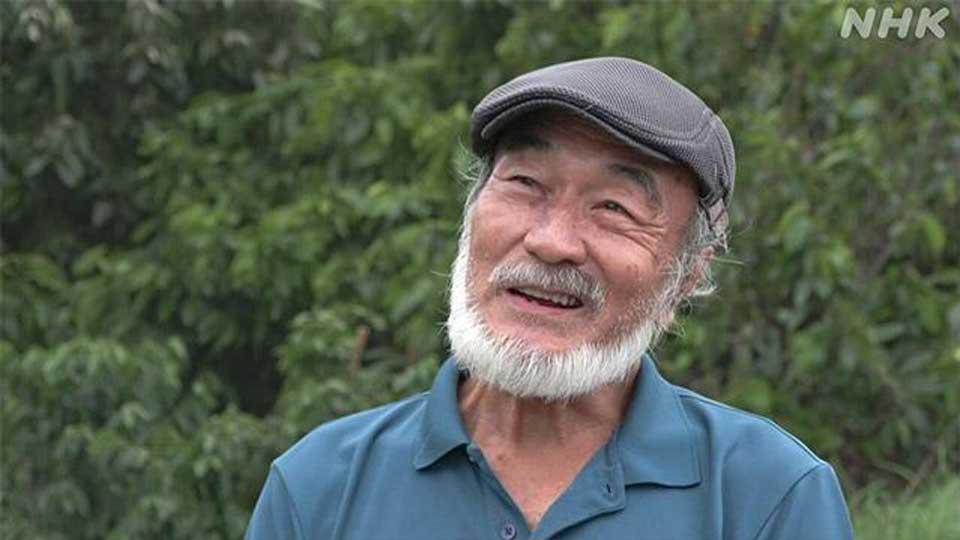
Chiu says their methods mean they make chocolate with the freshest beans possible, which contributes to the quality of the bars.
It also means they can add value to their crop, and receive a fair price.
Taiwanese authorities backing their cacao
Authorities in Taiwan are giving strong support to the burgeoning cacao industry.
Officials have brought in fertilizer experts to help farmers improve cultivation techniques and invited leading patissiers to give workshops on how to make chocolate.
Agriculture ministry staff also visit the orchards to check the effects when typhoons tear through the region and give farmers advice on how to handle damage.
They also subsidize the purchase of chocolate-making equipment.
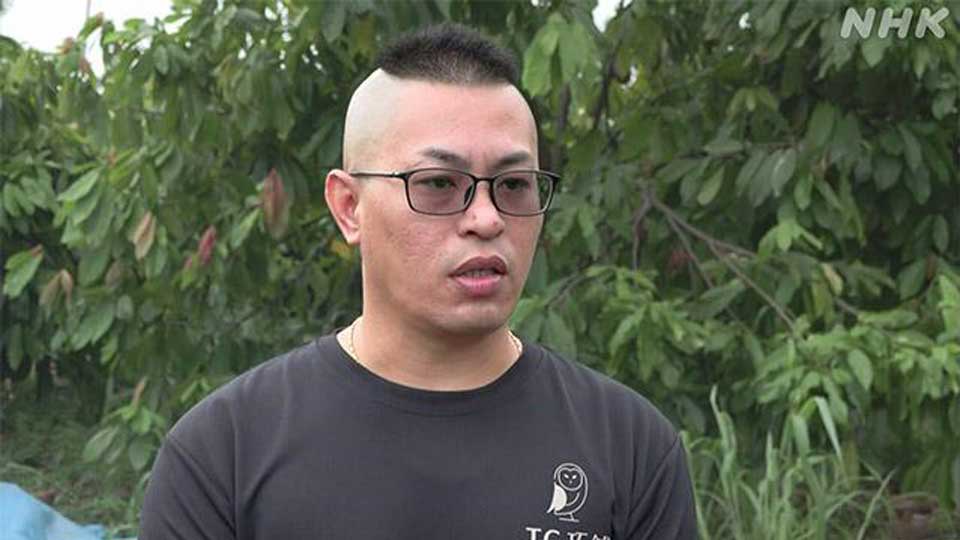
"The Ministry of Agriculture doesn't just teach us how to produce chocolate but also helps us improve our equipment and support sales," says Chiu Chun-Yu. "Our ultimate goal as an industry is to increase the cultivation area while expanding into international markets."
The cultivation area in Pingtung is 30 times larger than it was a decade ago, with more than 300 hectares producing an annual yield approaching 400 metric tons.
And the chocolate that comes from it is gobbling up awards at international chocolate fairs. Taiwanese chocolate won a slew of medals, including several golds, at the 2021-2022 and 2023 editions of the International Chocolate Awards' Asia-Pacific Bean-to-Bar and Craft Chocolatier Competition.
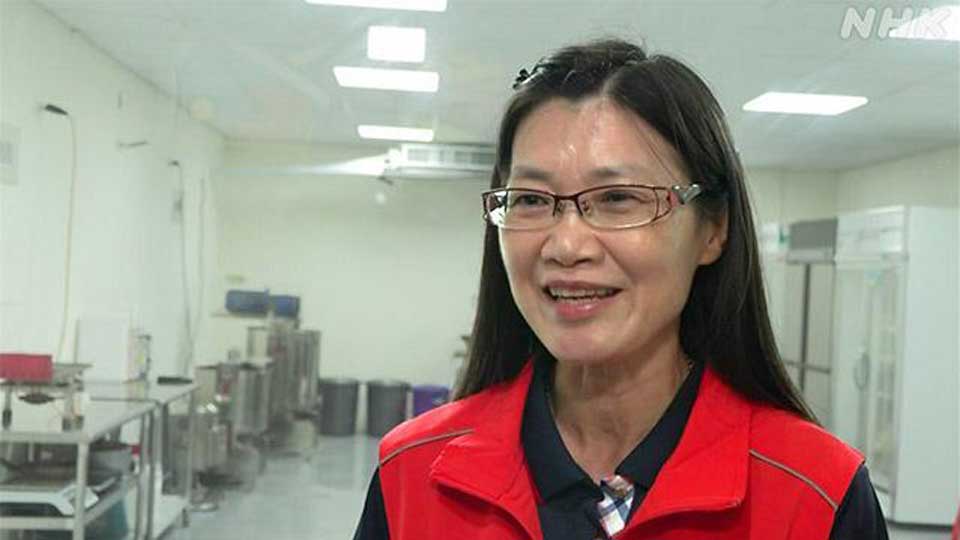
Chu Jui-Min of the Ministry of Agriculture says the chocolate bars represent an intersection of two of Taiwan's strengths: its prowess in cultivating high-quality cacao and its position as a global leader in technology.
"We want (Taiwanese chocolate) to stand out as a brand," she says. "We want it to occupy the same position as wineries and high-grade tea and coffee."
And so they focus on helping the producers find markets at premium pricing rather than see them offload their cacao to bulk buyers.
That way, she says, "we can protect farmers' income and ensure they can continue contributing to the industry."
What lies ahead?
Taiwan's production, just under 400 metric tons a year, is tiny compared to cacao giants such as industry leader Côte d'Ivoire, with its estimated output of 2.2 million metric tons. But with only 20 years since the restart, the story of Taiwan's chocolate industry is just beginning, and the tantalizing question is how far it can go, and what delicious treats await us.
